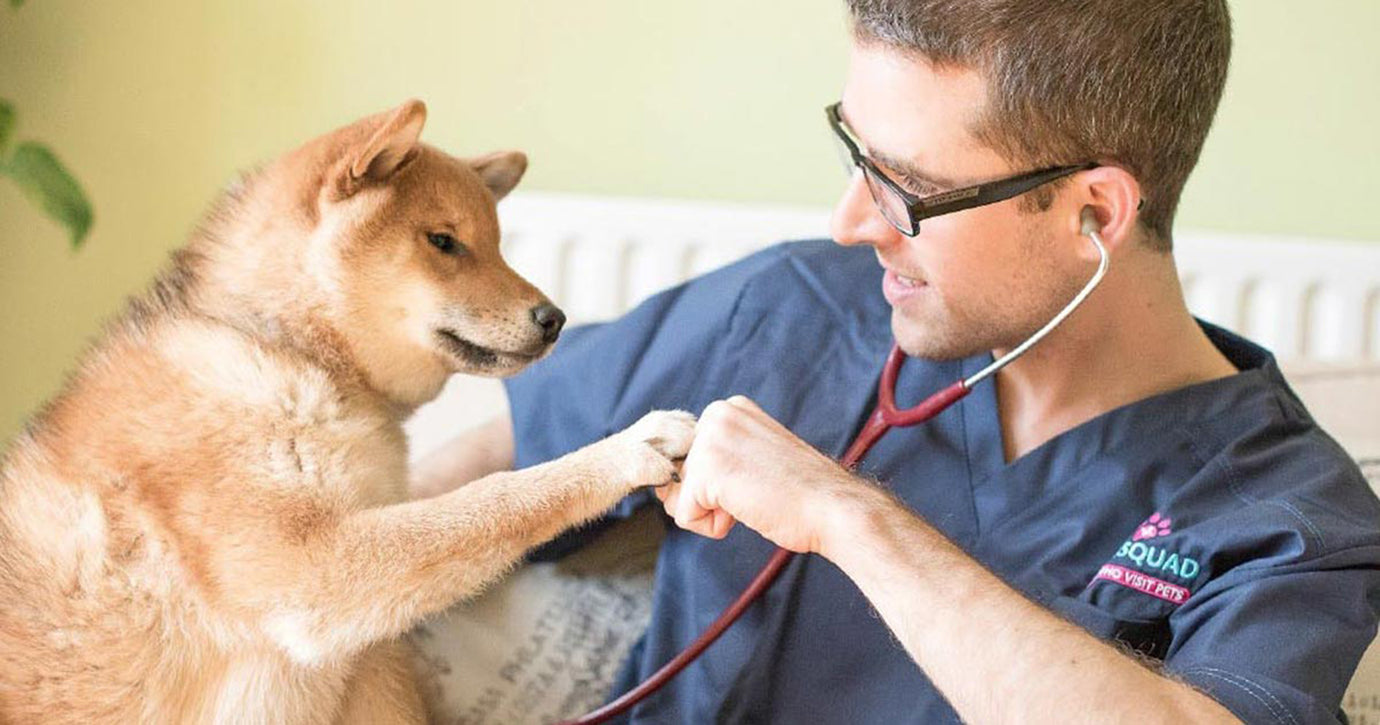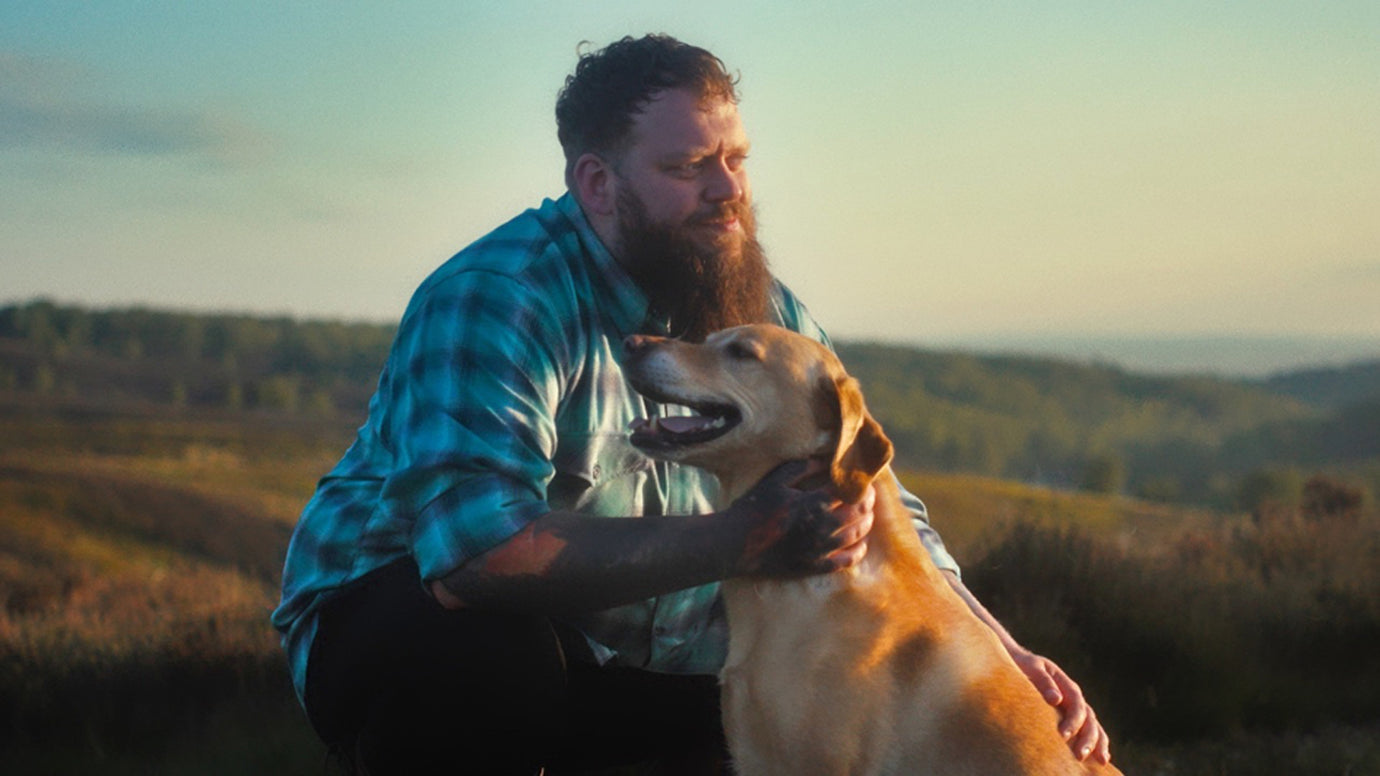Say cheese! How to keep your dog’s teeth sparkling clean

While most people wouldn't dream of going a day without brushing their own teeth, very few people brush their dog's teeth every day.
While some dogs do tend to get more plaque and tartar build up than others, dental hygiene is important for all dogs. If ignored, it can lead to tooth decay, fractured teeth or oral cancer. Once periodontal disease is advanced, your vet will have to take x-rays to be able to properly evaluate the supporting structures of the teeth. There are some ways that all of this can be prevented, and we rounded up the top 8 tips and tricks for keeping your dog's teeth sparkling clean.
1. Feed your dog good food
All good health starts with the right food, and dental health is no different. Good quality food with a few whole food ingredients is much better than ones with fillers, grains, and unpronounceable additives. Finding the best food is an entirely different article, but it is important to think about how it effects dental health as well. Food made with meat, vegetables, and fruits, as opposed to grains and fillers, are less likely to stick to your dog’s teeth and build up to become tartar.
Hard or chewy treats are a great and easy way to help remove soft food after a meal. Just avoid treats with flours and starches such as potato, corn, or rice flours, as these tend to stick to teeth. Two great options are Treats Happen Duck Feet or Toreros Pizzle Chews, which are great for chewing, and even have extra ingredients that help freshen breath.
2. Inspect your dog’s teeth and get them a professional cleaning and tooth extractions if needed
If your dog is a puppy or if it magically has teeth that are free of plaque and tartar, and if their gums are tight and free of signs of inflammation, then you’re in the clear and can start tooth brushing to prevent those things from developing in the future. Most dogs, especially older ones who have never had regular teeth cleanings, will benefit from having a professional inspect, clean, and check for any rotten ones that might need to be pulled. Once all current issues have been rectified it will be much easier to maintain going forward.
3. Find the perfect toothbrush
There are many different types of dog toothbrushes and different types are better for different dogs. There are finger toothbrushes, there are the longer toothbrushes that resemble human ones and there are multi-dimensional ones that do both sides of the same teeth at the same time. Which one is best depends on your dog and the size of your dog’s mouth and teeth. Bigger dogs would do well with the multi-dimensional ones, as they have two toothbrush heads that each clean the front and back of the teeth at the same time, cutting down on the amount of time required to brush. If your dog has smaller teeth or a slimmer mouth, the longer skinny brushes are better suited to fit inside them and remain comfortable. Often people find child toothbrushes work well for their dogs, just ensure you get ones with very soft bristles.
4. Find a toothpaste your dog likes
There are many different flavours of dog toothpaste. While some dogs may not mind a minty flavour, most will probably prefer a more savoury taste. Regular toothpaste is not suitable for dogs as they don’t know to spit it out so they ingest it instead, and fluoride can be toxic to dogs and is in most human toothpastes. The most important thing is to find one that your dog enjoys, as it will make the whole experience seem more like a treat than a punishment. At first you can introduce it to your dog by letting them taste a bit and get used to it before you try to brush their teeth with it.
5. Begin brushing their teeth regularly as early as possible
Obviously getting a dog used to having its teeth brushed would be a bit easier if you start when they are a puppy, but when you adopt a rescue it can be a dog of any age. This should not deter you from tooth brushing, and you should start as soon as possible after the dog is comfortably settled into its new home. Too much change at once can cause anxiety, so introduce new things and routines gradually. Beginning by having the dog taste the toothpaste, and just rubbing it onto their teeth with your finger before attempting a toothbrush can be helpful. Playing a fun game of catch with the toothbrush can help get the dog used to having it in its mouth before you begin trying to brush it, and once you do start brushing, do it for a very short amount of time, gradually building up to brushing the entire mouth. This slow-but-steady approach can really help the dog grow accustomed to the new routine, instead of rejecting it outright.
6. Create a routine and stick to it
Establishing a regular routine of dental hygiene for your dog will help both it and you get used to doing it more frequently. Setting a reminder alarm on your phone for the same time every day can be a very helpful way to remember. Often, doing it after one of your daily walks is good, as the dog is more likely to be tired and may resist the brushing less than a high energy pup. Make sure to inspect the teeth while you complete the brushing, so you can keep an eye out for any tooth decay, tartar, or plaque build-up that will need to be treated by a vet. If you need help with the actual brushing technique there are many helpful instructional videos on YouTube! Whatever you do, make sure you brush their teeth at least once every two days! Plaque turns to tartar after 36 hours, and once it becomes tartar it cannot be brushed off and your pup will have to visit the vet to have it removed.
7. Reward, reward, reward!
As any pet owner know, the secret to training an animal to do and even enjoy something is with treats! After tooth brushing, make sure you reward your pet with a treat, and lots of pets, love, and positive affirmations. Knowing they were good and getting that reinforcement from you will make them more likely to endure or even eventually enjoy the whole process.
8. Use a plaque fighting water additive
One easy way to help your pet’s oral care is with one of the many water additives that say they help fight plaque and tartar build-up. If your pet is young you can use it preventatively, and it can help older pets fight off mild existing tooth issues, but is probably best used to maintain clean teeth post dentist-cleaning. Some of the top products in this vein are:
Bluestem:
A water additive with patent-pending ingredient coactiv+, which is supposed to aid in breaking down plaque. It comes in three flavours: vanilla-mint, original unflavoured and chicken.
Nylabone Advanced Oral Liquid Tartar Remover:
This water additive only seems to come in one flavour, but most seem to like it, according to the Amazon reviews.
Oratene Drinking Water Additives-By Biotin:
This water additive has stellar reviews on Amazon, some claiming that people could wipe away any plaque from their pet’s teeth after using it awhile.
(Article source: Angus Post)




